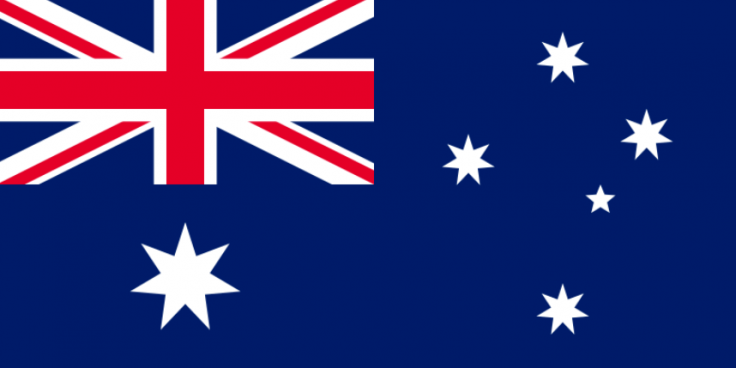In a strikingly bold stand, Australia has said the United States is no longer the unipolar leader of the Indo-Pacific and that competition between Washington and Beijing for sway over the region is raising the specter of conflict.
Australia also said defense spending will increase over the next decade even as the review shockingly admits that Australia's defense forces were "not fit for purpose". The official paper puts spotlight on increasing capabilities in cyber and space defence measures while especially strengthening the northern borders.

Widening Partnerships Beyond US
The high-level official review also said Canberra will deepen defense ties with Japan, India, Pacific and South East Asian nations. The paper, a version of which was released to the public also states that Australia will continue to work closely with the US and go ahead with bilateral military pacts and joint patrols.
The government review on regional power dynamics was hailed by Australian Prime Minister Anthony Albanese as "the most significant work that's been done since the Second World War".
Challenges to National Security
"It demonstrates a world where challenges to our national security are always evolving. We cannot fall back on old assumptions. We must build the strength in our security by seeking to shape the future rather than waiting for the future to shape us," Albanese said, according to Reuters.

Other recommendations in the review include giving more vessels and long-range strike weapons to the Navy as well as long-range anti-ship missiles for Australia's F-35A and F/A-18F fighter jets. The defense paper also says the country should have an integrated air and missile defence system. Canberra aims to launch a 'future integrated force' by 2031.
Great Power Race
Earlier this month, Australia's defense chief had said the region was experiencing great power competition and that Australia was focused on deterring conflict and deepening its engagement with partners.
Trends including large-scale military modernisation, technological disruption and climate risks made the prospect of state-on-state conflict "less remote than it was", said Angus Campbell, the chief of Australia's Defence Force. "Military capability within the region, of both range and lethality, is challenging across all domains: sea, land, air space and cyber," he added.

In 2021, the United States and Britain agreed to give Australia the technology and capability to deploy nuclear-powered submarines as a measure to counter China's growing influence in the region.
Australia's new vision paper is aimed at making sure that the country is capable of managing risks from a potential conflict in the region, which is highly likely given the great power competition between China and the US and the increasing Chinese military buildup in the region.
"We aim to change the calculus so no potential aggressor can ever conclude that the benefits of conflict outweigh the risks," Defence Minister Richard Marles said.









